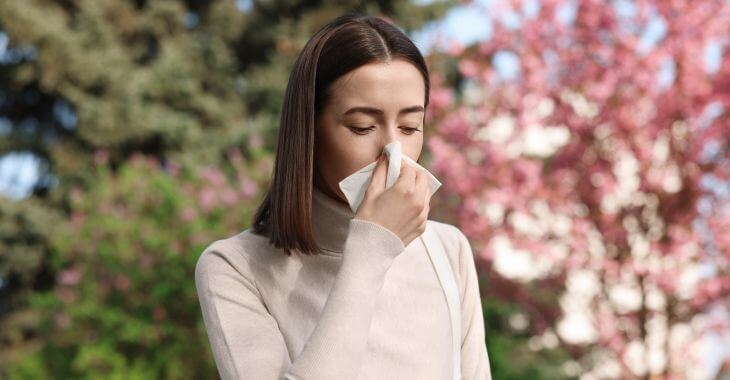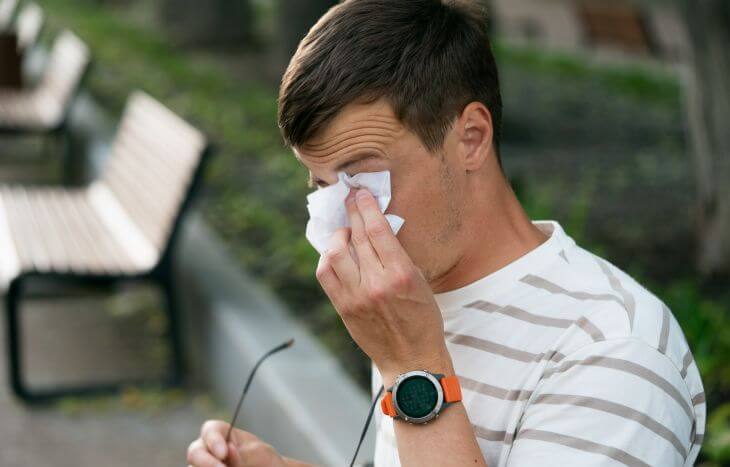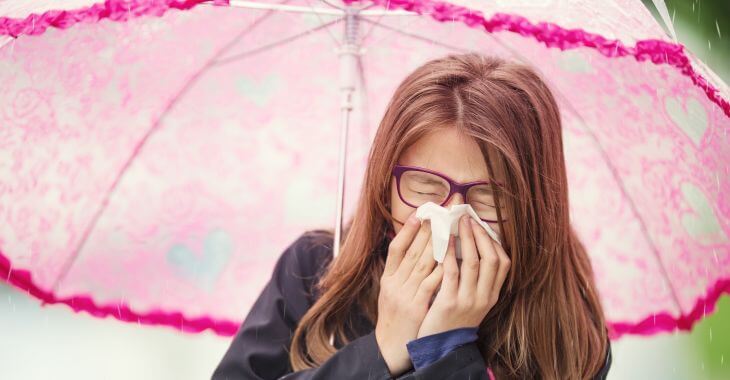Seasonal Allergies: Understanding Symptoms, Triggers, and Relief

Seasonal allergies affect millions of people every year, often peaking when the weather changes. Sneezing, itchy eyes, and congestion are common complaints. Learning how pollen counts and local allergens affect symptoms is the first step toward effective allergy treatment.
What Are Seasonal Allergies?
Seasonal allergies occur when the immune system reacts to outdoor allergens that appear at certain times of year. Unlike food allergies, they are linked to pollen, mold spores, and other natural triggers. For many, these symptoms return like clockwork each season.
Seasonal allergies affect children, adults, and seniors alike. Genetics often play a role, meaning if your parents had allergies, you may too. Even those without a family history can develop allergies later in life, depending on exposure to local allergens.
Symptoms of seasonal allergies include:
- Sneezing and runny nose
- Itchy, watery, or red eyes
- Scratchy throat or cough
- Sinus pressure and congestion
- Fatigue or brain fog
- Worse symptoms on high pollen count days
These symptoms often overlap with colds but return seasonally. Allergies cause itching and watery eyes, while colds usually include fever and body aches. Tracking pollen count helps clarify if symptoms are seasonal allergies or an unrelated viral infection.
The Role of Pollen Count
The pollen count measures how much pollen is in the air on a given day. Higher counts mean more exposure and stronger reactions. People with seasonal allergies often track daily pollen levels to plan outdoor activities and manage their allergy treatment.
Knowing the pollen count helps you plan outdoor activities wisely. On high pollen days, avoid early mornings when levels peak. Use protective eyewear and masks if gardening. Monitoring pollen levels is one of the easiest ways to manage seasonal allergies effectively.
Common Local Allergens
Local allergens vary by region. In spring, tree pollen is the biggest trigger. In summer, grasses dominate. In the fall, weeds like ragweed cause major problems. Mold spores can rise year-round, especially in damp climates, worsening seasonal allergy symptoms indoors and outside.
How Doctors Diagnose Allergies
Doctors diagnose allergies through medical history, physical exams, and sometimes testing. Skin prick tests expose the body to local allergens to check for reactions. Blood tests may also help. Identifying specific triggers ensures allergy treatment is tailored and effective.
Allergy Treatment Options
Allergy treatment often begins with avoiding triggers. Medications like antihistamines, nasal sprays, and decongestants provide relief. Immunotherapy, such as allergy shots or sublingual tablets, may reduce long-term sensitivity. Combining treatments helps manage symptoms through different allergy seasons.
Medical advances provide better relief options. New antihistamines cause less drowsiness. Immunotherapy is now more widely available in tablets as well as shots. Personalized allergy treatment plans help patients target the specific local allergens that impact their daily health most.
Preventing Exposure to Allergens with Lifestyle Changes
Simple lifestyle changes can reduce contact with allergens. Keeping windows closed on high-pollen-count days, showering, and using air purifiers indoors can all help. Some lifestyle tips to reduce exposure to allergens:
- Track the daily pollen count before going outside
- Wear sunglasses to protect eyes from airborne pollen
- Shower after outdoor activities to remove allergens
- Keep pets clean, as fur carries local allergens indoors
- Use HEPA filters to reduce triggers in your home
Environmental Factors in Allergies
Local allergens depend on geography and weather. Dry, windy days spread pollen farther. Rain clears the air briefly but can trigger mold growth. Climate change may also lengthen pollen seasons. Understanding environmental factors helps guide allergy treatment and prevention.
The Impact of Untreated Allergies
Ignoring seasonal allergies can cause chronic sinus infections, asthma flare-ups, and reduced quality of life. Fatigue from poor sleep and constant congestion is common. Seeking allergy treatment improves daily comfort and prevents long-term complications from ongoing allergen exposure.
Seasonal Allergies and Children
Children are often highly sensitive to local allergens. Their symptoms may interfere with school and outdoor play. Pediatricians can recommend safe medications and treatment options. Parents should track pollen count and limit outdoor exposure when levels are especially high.
When to See a Doctor or an Allergist
If symptoms persist despite over-the-counter medications, it may be time to see a doctor or an allergist. Specialists can perform testing for local allergens and create a customized allergy treatment plan. Professional medical care helps reduce symptoms and restore normal day-to-day life.

Seasonal Allergies and Mental Health
Chronic congestion, poor sleep, and fatigue can contribute to anxiety or depression. Seasonal allergies affect more than just the body—they impact mood and focus too. Managing pollen count exposure and seeking allergy treatment improves both physical and mental health.
Take Control of Your Seasonal Allergies
Seasonal allergies don’t have to control your life. With awareness of pollen count, management of local allergens, and a customized allergy treatment plan, you can enjoy each season. Taking steps now ensures relief and protection throughout allergy season every year.
The information provided on this website, including text, graphics, images, and other materials, is intended solely for informational purposes and should not be used as a substitute for professional medical advice, diagnosis, or treatment.




)